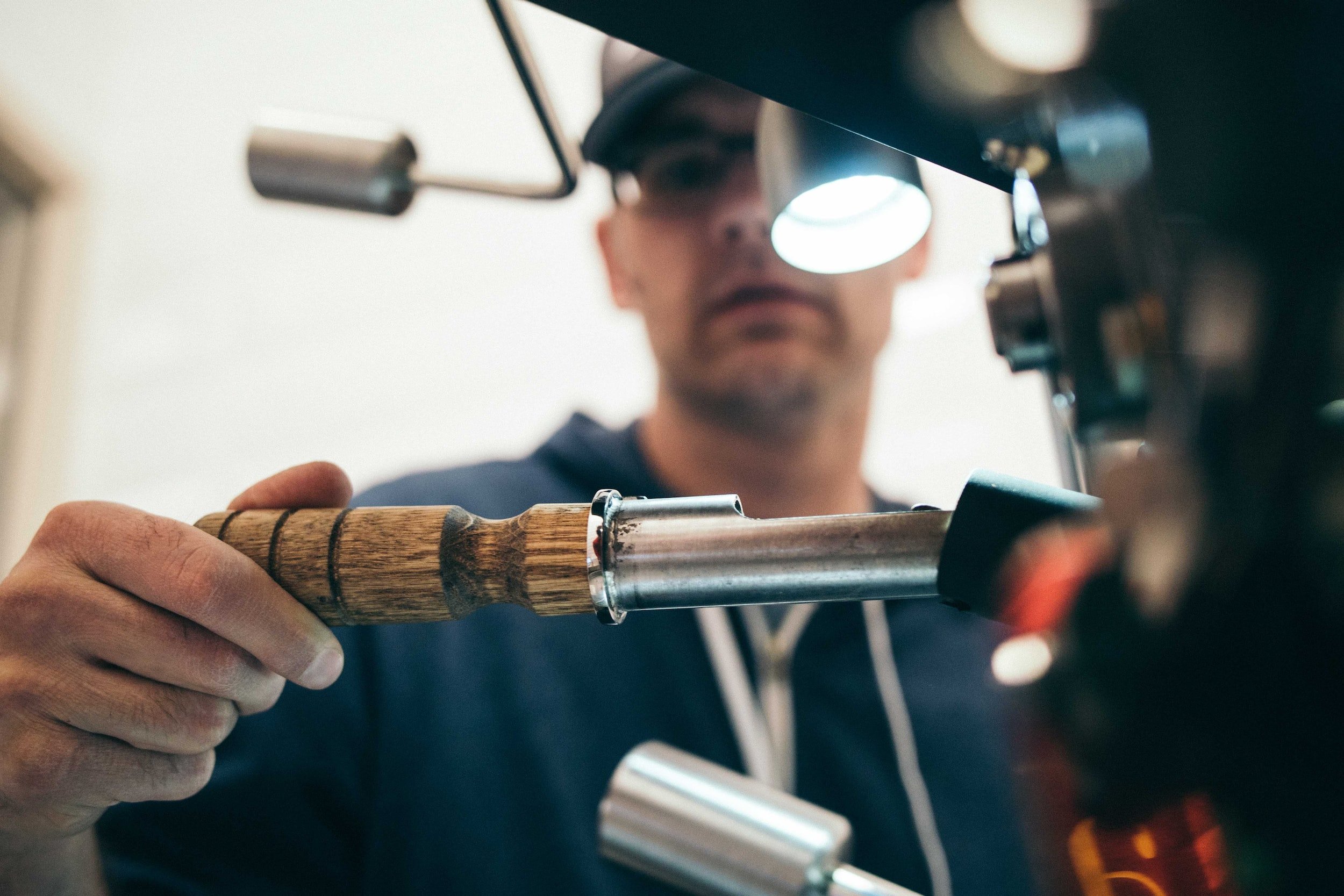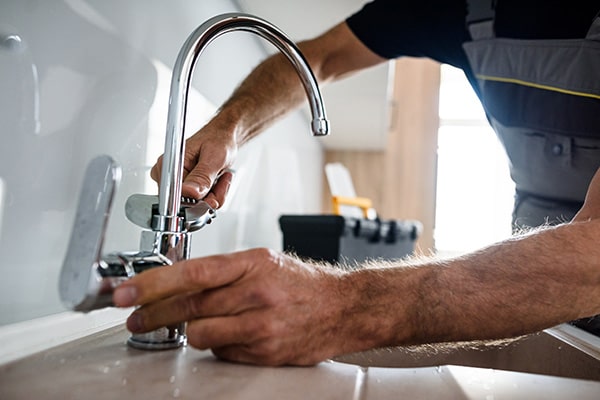Just how do you feel in relation to The Future of Plumbing: Trends and Innovations to Watch?

Introduction
The plumbing market is undergoing a transformative stage driven by technological developments and expanding issues for sustainability and effectiveness. This article explores arising patterns and innovations forming the future of pipes.
Smart Plumbing Systems
Incorporating smart technology right into pipes systems enables remote surveillance, leak detection, and automated upkeep. Smart sensing units and IoT (Web of Things) tools allow property owners and plumbers to check water usage and discover issues in real-time, leading to more effective resource monitoring and proactive maintenance.
Water Effectiveness Solutions
With raising focus on water conservation, cutting-edge solutions are being created to reduce water waste in plumbing systems. High-efficiency fixtures, greywater recycling systems, and wise irrigation controllers are amongst the technologies aiding consumers reduce their water impact while preserving comfort and comfort.
Lasting Products
The change towards sustainability includes plumbing products, with a growing choice for eco-friendly options. Naturally degradable piping materials, such as PEX (cross-linked polyethylene) and HDPE (high-density polyethylene), offer toughness and resistance to rust without endangering ecological integrity.
Anticipating Upkeep
Anticipating upkeep strategies leverage data analytics and artificial intelligence algorithms to prepare for and stop plumbing concerns prior to they occur. By assessing historical data and efficiency metrics, predictive upkeep formulas can identify patterns and abnormalities, making it possible for proactive treatments to stay clear of costly repair work and disturbances.
Enhanced Reality in Plumbing
Augmented Truth (AR) technology is revolutionizing plumbing by giving specialists with real-time visual assistance for repairing and repair work jobs. AR-enabled smart glasses or mobile applications overlay digital details onto the physical environment, assisting plumbing technicians imagine pipe formats, identify hidden leakages, and perform repairs with precision.
Effect of 3D Printing
The introduction of 3D printing has presented new opportunities in manufacturing pipes elements. From custom-made fixtures to detailed pipe installations, 3D printing allows for fast prototyping and on-demand manufacturing, reducing lead times and enabling higher personalization in plumbing style.
Health And Wellness Qualities
In action to increased problems for health and wellness, pipes fixtures are integrating attributes such as antimicrobial surfaces, touchless procedure, and self-cleaning systems. These technologies not just enhance hygiene however additionally promote customer comfort and comfort.
Hygiene-focused Components
Touchless taps, self-sanitizing bathrooms, and antimicrobial surface areas are ending up being progressively widespread in household and commercial setups, minimizing the risk of bacterium transmission and advertising a cleaner, much healthier setting.
Water High Quality Surveillance
Innovations in water quality monitoring technologies enable house owners to keep an eye on the pureness and security of their water supply in real-time. Smart water top quality sensors can discover pollutants, pH levels, and temperature variations, encouraging individuals to take proactive measures to make sure water security.
Remote Pipes Services
Remote diagnostics and virtual aid are revolutionizing the way plumbing solutions are supplied. Through video clip conferencing and remote accessibility innovations, plumbers can repair issues, provide advice for DIY repairs, and also do remote examinations, providing higher ease of access and ease to house owners.
Challenges and Opportunities
While plumbing advancements hold enormous assurance, they likewise existing obstacles such as data privacy problems, governing conformity, and the demand for workforce training. Attending to these challenges calls for collaboration between sector stakeholders and regulative bodies to make certain secure and liable execution of new innovations.
Regulative Landscape
Regulatory structures play a crucial role in shaping the adoption of plumbing technologies, with standards and codes governing every little thing from water effectiveness to item security. As innovations continue to progress, regulatory bodies need to adapt to make certain consumer protection and environmental stewardship.
Future Outlook
The future of plumbing is defined by proceeded development and assimilation with various other fields such as IoT, renewable energy, and building automation. By embracing sustainable practices, leveraging emerging technologies, and focusing on user-centric style, the pipes industry is poised to resolve the advancing needs of society while decreasing its ecological footprint.
Final thought
To conclude, the future of pipes is specified by a convergence of technology, sustainability, and user-centric layout. By accepting clever solutions, sustainable products, and aggressive upkeep practices, the plumbing sector can boost efficiency, advertise safety, and contribute to a more sustainable future.
Plumbing Industry Trends You Need To Know
Smart technology in plumbing
Homeowners want to be able to manage their homes from their phones. The technology exists to make that happen. From smart toilets to leak detector devices, the whole plumbing system can be managed on an interconnected network made up of sensors, IoT devices, and machine learning algorithms.
This allows for wireless control to turn appliances on and off, automate routines, and access advanced monitoring to track water usage and flag potential issues. Smart technology streamlines water consumption, maintenance and energy usage, creating a more efficient system.
Green plumbing
The data analysis possible with smart technology not only improves convenience and cost-effectiveness but also fulfills a high-priority customer desire – sustainability. Consumers are very aware of their impact on the planet and want plumbing solutions to reduce damage and support sustainability. Eco-friendly plumbing solutions are already starting to emerge.
Customers can opt for low-flow toilets, water-saving faucets, and connections to sustainable energy sources. Beyond monitoring water consumption, customers can conserve water through the installation of greywater systems. This is a system that collects water that has been used but is still clean enough for some household uses such as toilet flushing.
Shorter product pipeline
To keep up with modern plumbing, plumbers need modern tools that enable them to complete jobs more efficiently. One technology making strides in this area is 3D printing. By 3D printing key plumbing fixtures, plumbers can reduce wait times even for specialized fixtures. It minimizes delays often seen in traditional manufacturing that frustrate customers and prevent plumbers from taking on more work.
Off-site repairs
Augmented reality is making a splash in many industries including plumbing. Plumbers can map a building online so they can explore the plumbing system through augmented reality, identifying areas of maintenance and repair completely digitally. This technology can be applied quite widely in plumbers’ work including planning installations and training new recruits. It’s safer, smarter and more efficient.
Low-footprint materials
Another way for plumbing companies to reduce their environmental footprint and meet the customer demand for sustainability is by using recycled materials in their work. The products they source and manufacture such as pipes, fixtures and faucets can be made from recycled materials. This saves the planet while being just as effective.
Onsite water purification
Additionally, plumbing companies can be advocates of water conservation and ease the financial and environmental concerns of customers by offering water purification systems. New water purification technology such as reverse osmosis systems and UV systems make it possible for homeowners and business owners to thoroughly cleanse water, removing contaminants onsite. This means the water can be safely reused in more ways than greywater can be, establishing a water recycling loop.
Tankless water heaters
Another innovation of modern plumbing is tankless water heaters. The idea is that the water is heated on demand as it runs through the system instead of being heated in a water tank. This is more energy efficient and therefore cost-effective and eco-friendly because water isn’t heated needlessly.

We hope you liked our excerpt on The Future Of Plumbing: Trends And Technologies To Watch. Thank you for taking a few minutes to read our article. In case you enjoyed our post if you please consider to share it. Thank-you for your time spent reading it.
Click Here